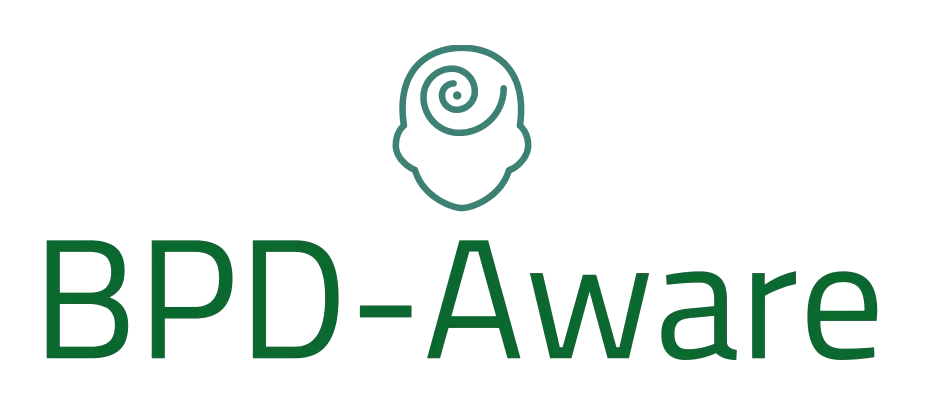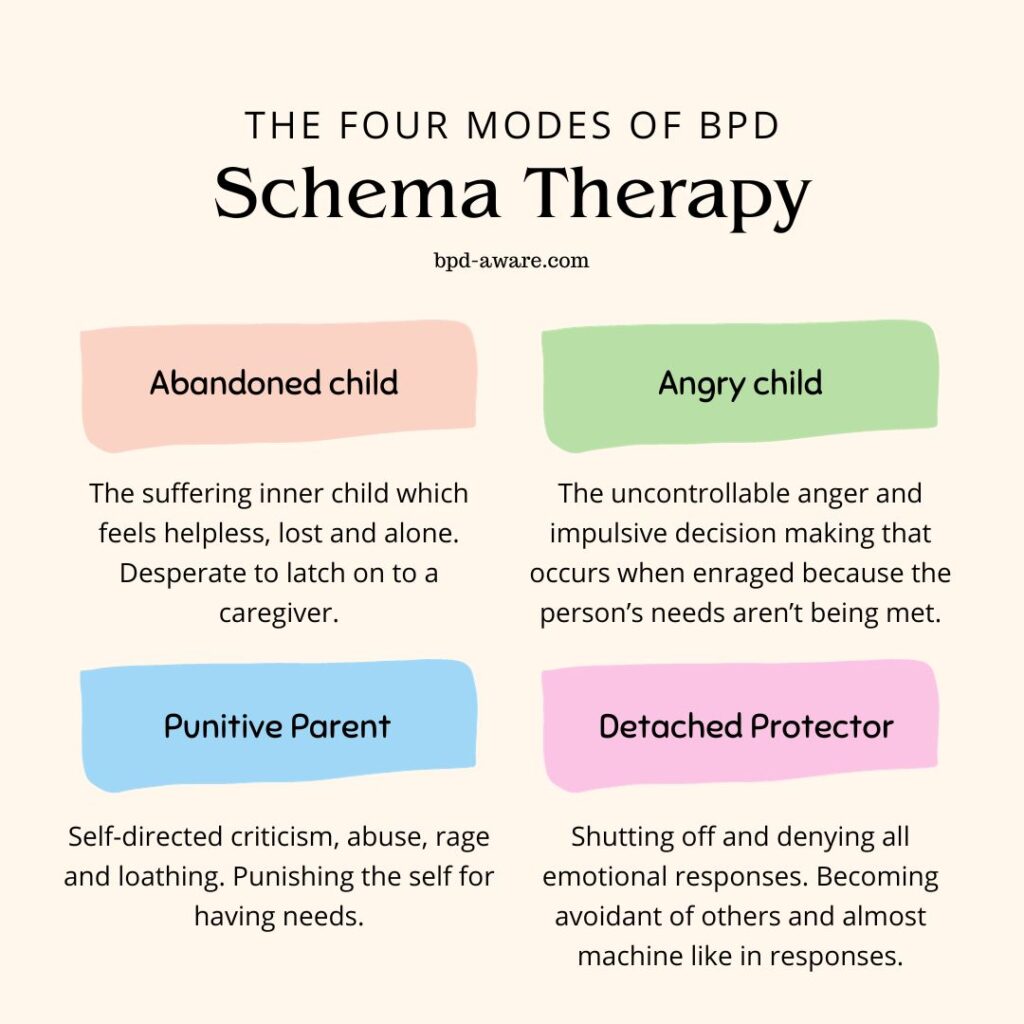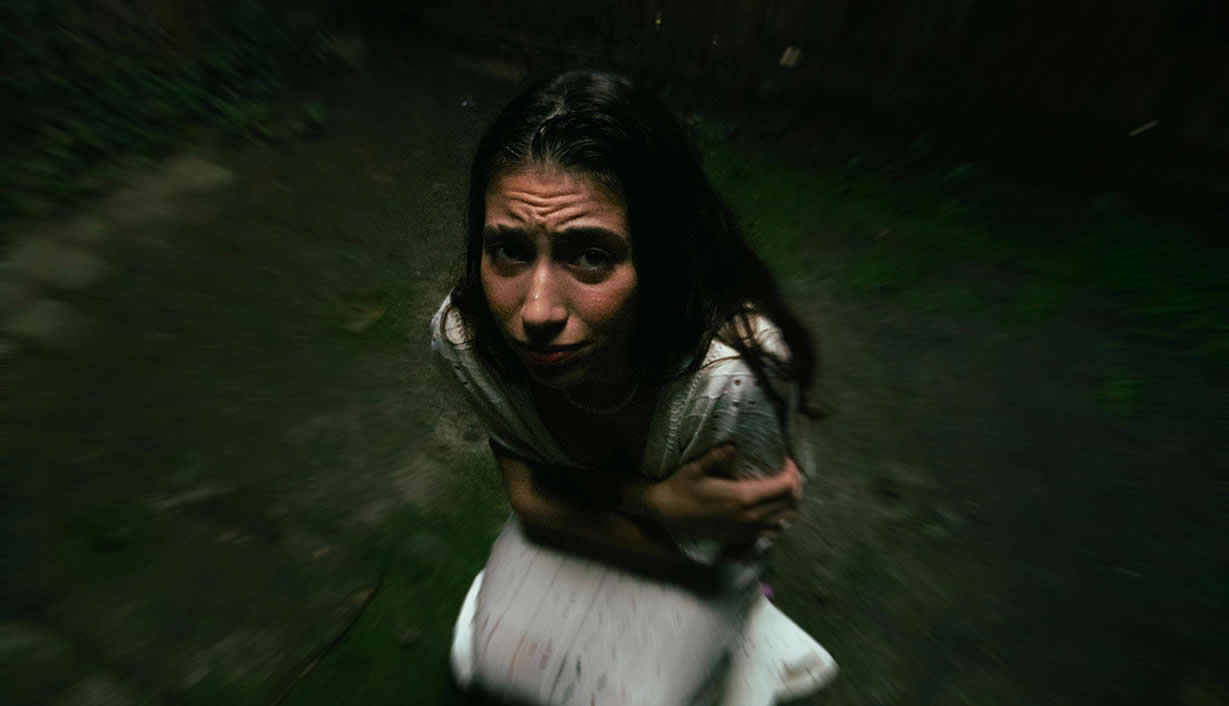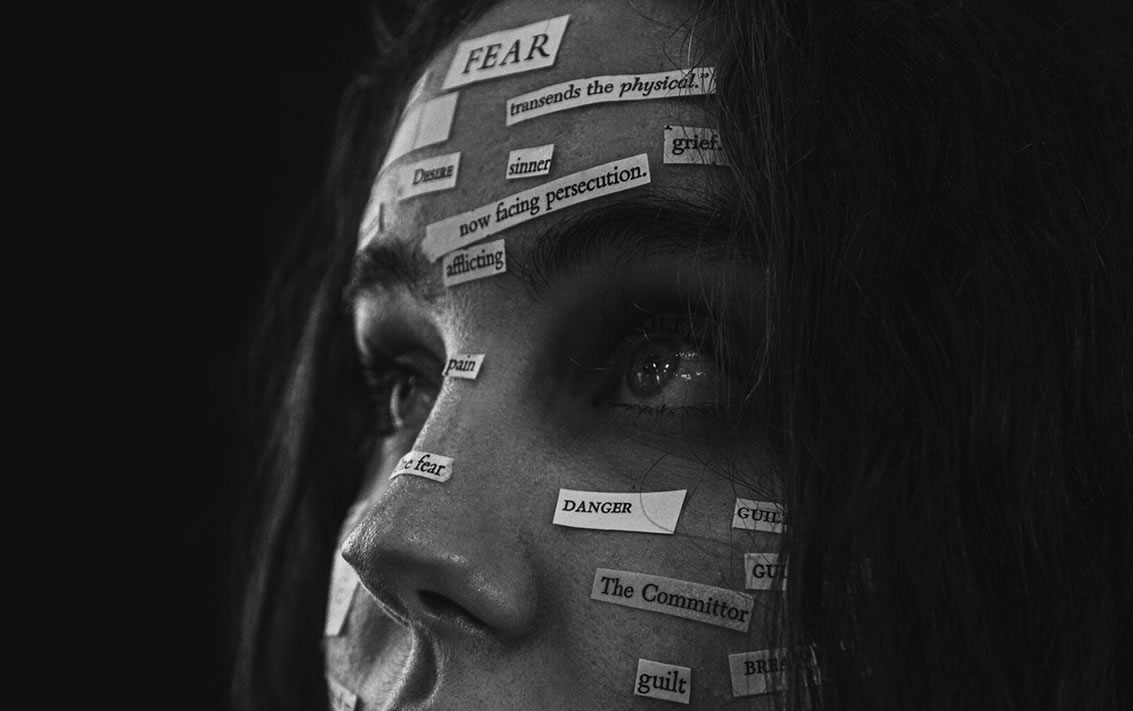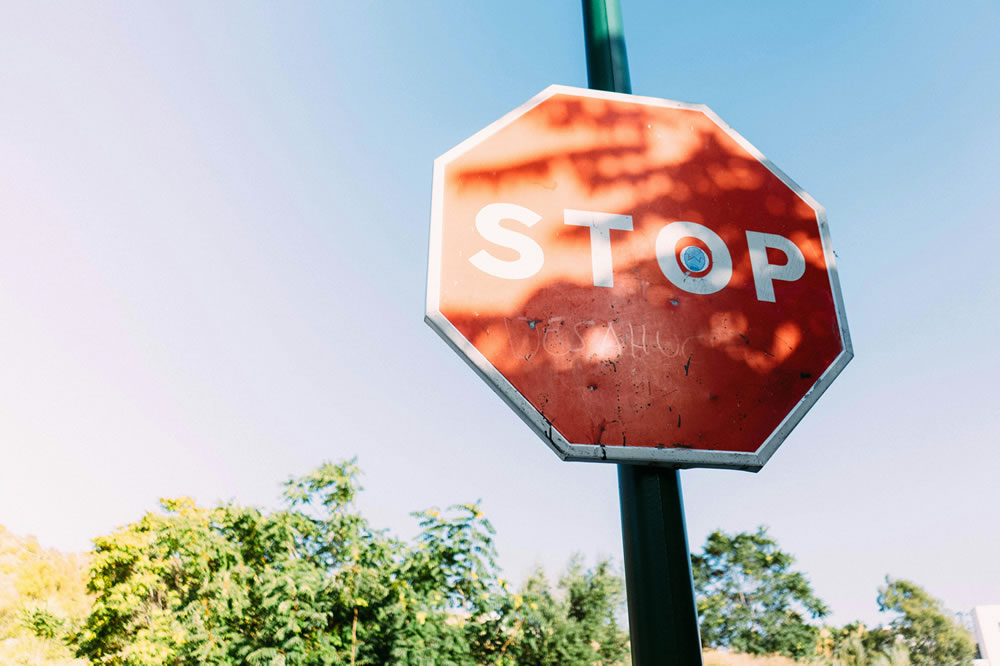Schema therapy (ST) is one of the most popular and successful forms of treatment for Borderline Personality Disorder (BPD). It’s a form of psychotherapy that aims to identify negative thought patterns and replace them with healthier ways of thinking.It’s a form of psychotherapy that aims to identify negative thought patterns and replace them with healthier ways of thinking.
The term schema means a broad and pervasive pattern of thinking. Everyone has schemas, but people with personality disorders like BPD have several unhealthy schemas that harm rather than help the host in their day-to-day lives. An example of a schema that someone with BPD has would be the constant fear of being abandoned or rejected by everyone.
The theory behind schema therapy is that we develop unhealthy schemas from childhood when our fundamental needs (love, nurture, security, etc.) aren’t met. It’s proposed that these schemas are then triggered in our adult lives when a similar event takes place in the present that reminds us of the past. If, for example, you had an obsessively critical parent, you would likely react in an unhealthy manner when criticized as an adult.
The Schemas of People with BPD
Jeffrey Young, the developer of schema therapy, proposed that people with borderline personality disorder have the maladaptive schemas below:
Abandonment: A person with BPD will constantly be scared that others who provide love and support will only end up abandoning them in the future.
Abuse: Someone with borderline personality disorder will expect others to abuse and mistreat them.
Emotional Deprivation: Those with BPD expect that other people won’t be able to meet their emotional needs.
Defectiveness: A person with borderline personality disorder will feel “lesser” or “broken” in some way or other.
Subjugation or overcompensation: Someone with BPD may become submissive to or avoidant of others to avoid abuse, abandonment, etc. Alternatively, they may “fight fire with fire” to an extreme degree and act overly aggressively.
The Modes of People with BPD
When a schema is triggered, someone with BPD (according to schema therapy) will then enter one of four modes. A mode is a protective state created to protect the fragile psyche from further harm.
Abandoned child mode: Someone in “abandoned child” mode may appear fragile and childlike. They feel helpless, lost, and alone.
Angry child mode: Someone in “angry child mode” doesn’t have the capacity or ability to contain their rage or impulsive desires. They might shout and scream or even turn violent. They may also make rash, dangerous choices.
Punitive parent mode: In “punitive parent mode,” someone will become critical of themselves to an extreme degree.
Detached protector mode: Someone in “detached protector mode” will shut off their emotions, isolate themselves from others (either physically or emotionally), and become almost robotic.
Schema therapy aims to create a new schema within the patient, the “healthy adult” who can deal with life and its ups and downs in a healthy and forward-thinking manner.
These modes are tracked during therapy sessions and treated accordingly. For example, someone in the abandoned child mode will be treated with empathy, while someone in the angry child mode will have limits set on their behavior and be taught how to express themselves more healthily.
How Schema Therapy Treatment Works
The schema therapist facilitates recovery from borderline personality disorder in two main ways.
First, they will build a rapport with their client and talk back and forth about the patient’s emotions and what they want out of life. The emotions and needs likely come from the abandoned child mode that feels helpless and neglected. This is the safest mode for patients as it allows them to talk without becoming angry, critical of themselves, or shutting down their emotions. Over time, this helps the person with borderline personality disorder become much more comfortable with discussing their emotions and can help to reduce frequent switching between modes as well as the severity of the modes.
The therapist will discuss limits regarding their time with the patient and how often they can talk. This is to prevent the relationship from becoming too intense and potentially unhealthy. The therapist will teach the patient several techniques to manage emotional responses and soothe distress. The therapist will also help the patient deal with crises and self-destructive behavior and point them toward further resources related to their particular issues.
Secondly, they will identify the schemas that their patients fall under, try to link them to events that occurred during childhood, and discuss how they affect them presently. The patient will be educated on their schemas and taught techniques to reduce emotional over-reactions while building their self-esteem.
The therapist will help the patient develop their ability to form healthy relationships. This typically happens towards the end of therapy, when a solid bond has been formed between the therapist and the patient. Time is also taken to determine the patient’s life and career goals and how they can be achieved.
Once a patient has shown significant improvement, the therapist will begin weaning them off therapy sessions so they can stand on their own two feet. The ultimate goal of schema therapy is for the patient to no longer need treatment at all, but some patients find that a monthly or quarterly visit can help to keep them on the track they want to be on.
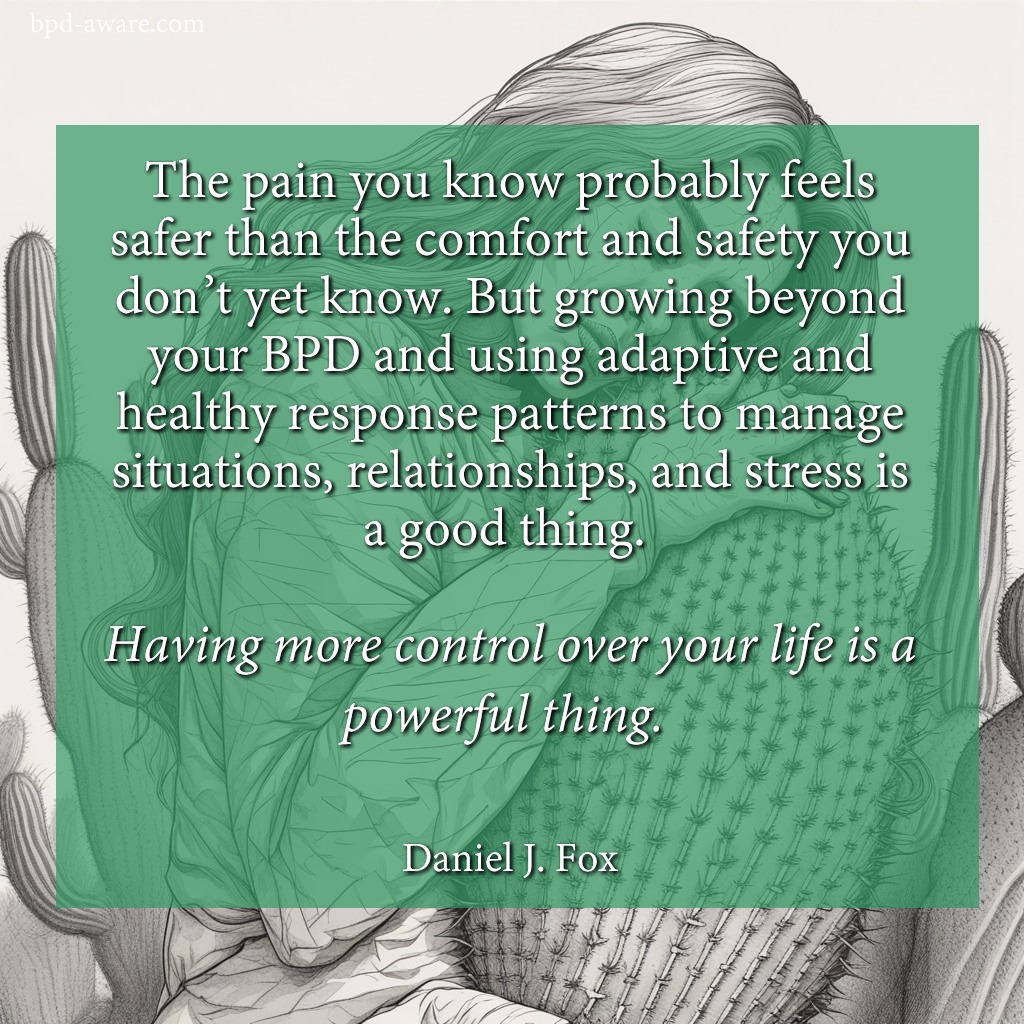
What’s the Success Rate of Schema Therapy for Borderline Personality Disorder?
One study found that 52% of people with borderline personality disorder who underwent schema therapy made a full recovery after a year, while 70% showed a significant improvement. However, more research needs to be done to see if these results are accurate and can be replicated.
What if Schema Therapy Doesn’t Work For Me?
If you’ve tried schema therapy in the past and found it ineffective, you might want to consider dialectical behavioral therapy, which also has a high success rate for people with BPD.
Sources, Resources, and Further Reading
- Schema Therapy – An Overview: https://www.psychologytoday.com/us/therapy-types/schema-therapy
- What is schema therapy? What to know: https://www.medicalnewstoday.com/articles/schema-therapy
- How Schema Therapy Can Help You Undo Harmful Patterns: https://www.healthline.com/health/schema-therapy
- How Schema-Focused Therapy Works for BPD: https://www.verywellmind.com/schema-focused-therapy-425463
- Schema therapy for borderline personality disorder: A qualitative study of patients’ perceptions: https://pmc.ncbi.nlm.nih.gov/articles/PMC6248917/
